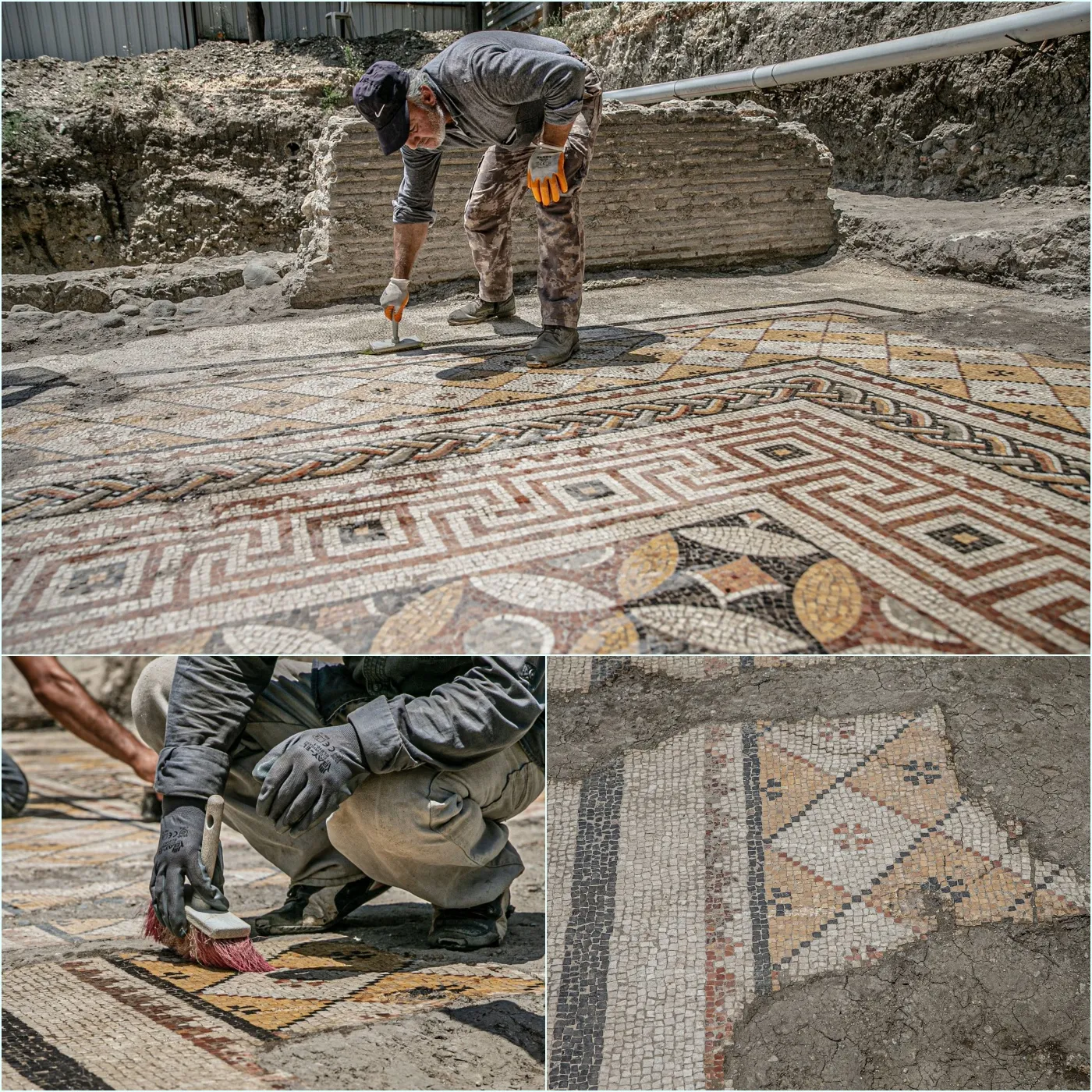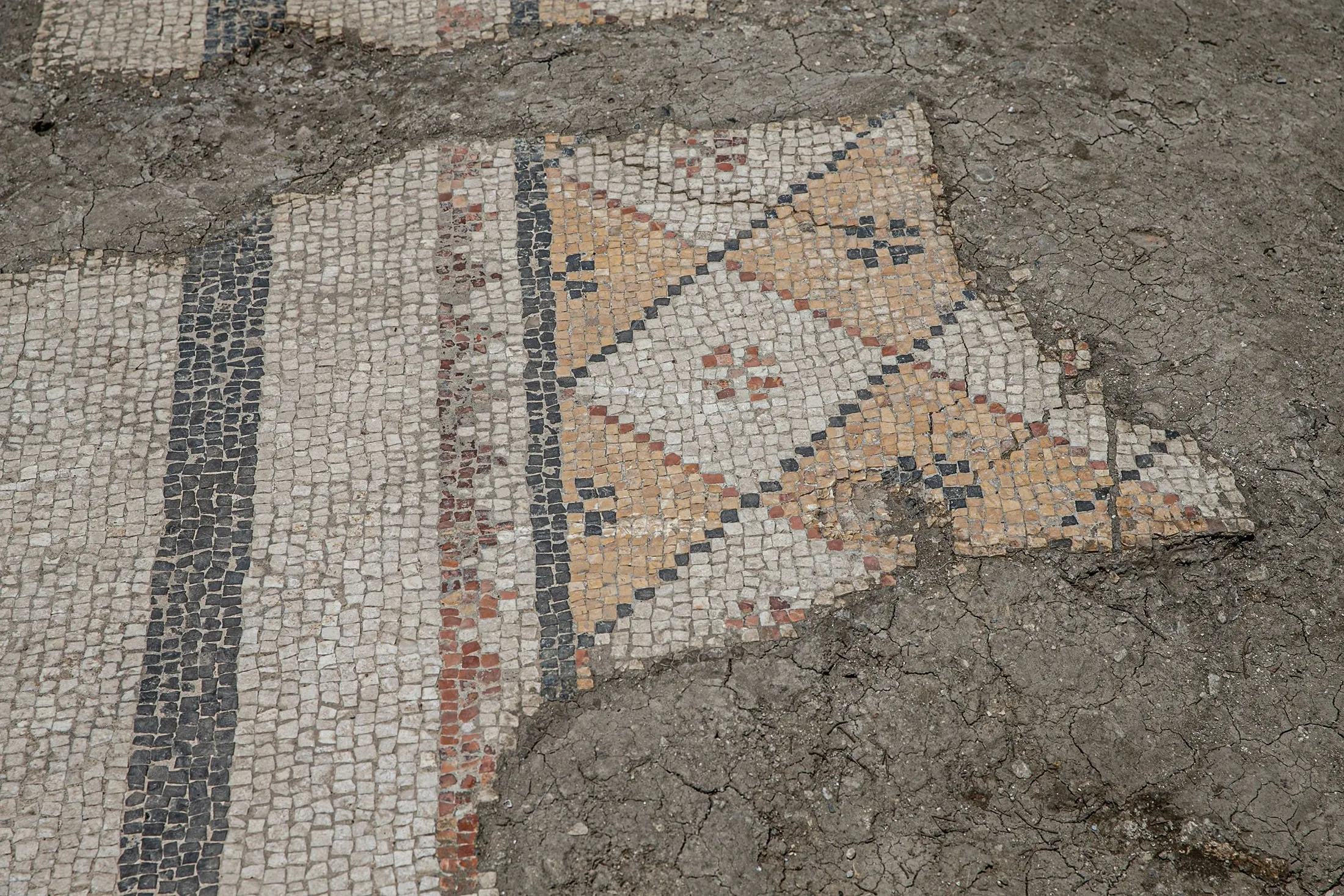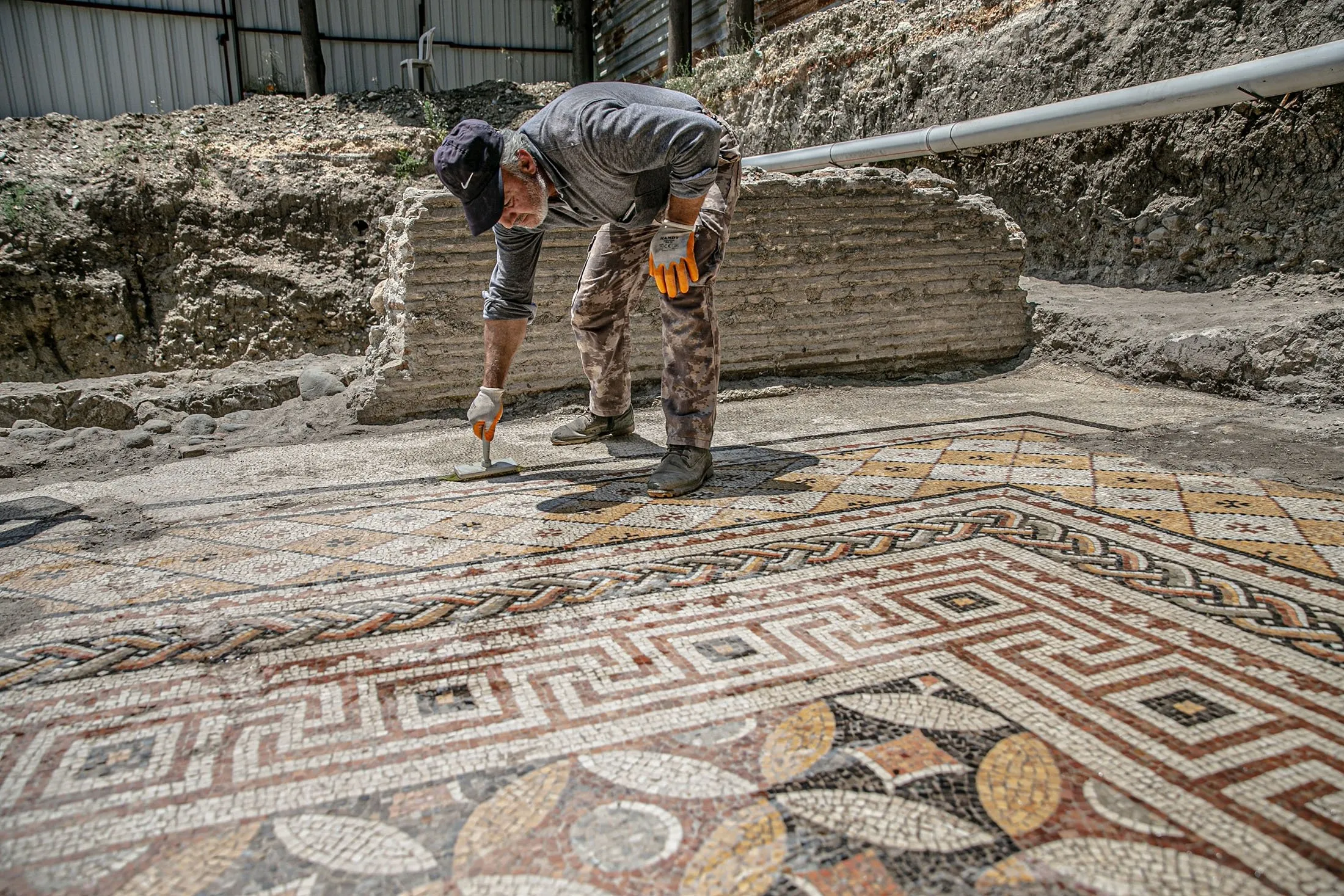
Researchers have unearthed an exquisite Roman mosaic from the opulent villa of the infamous tyrant Publius Vedius Pollio, located in the luxurious coastal district of Posillipo near Naples. Pollio, remembered for his cruel treatment of slaves—including the disturbing legend that he fed his workers parasitic worms—owned this villa, which stands as a stark contrast to his grim reputation.

The villa, situated in Pausilypon—translating to “respite from concern”—was a sought-after location for wealthy Roman families, similar to how contemporary residents of Los Angeles covet beachfront properties in Malibu. Access to Posillipo is via the 770-meter (2,526-foot) “Grotta Seiano” tunnel, a remarkable feat of Roman engineering.

The Pausilypon Archaeological-Environmental Park, centered around Pollio’s main residence, is renowned for its historical significance. This site, perched on a rocky promontory overlooking the Bay of Naples, features a grand Odeon for smaller performances, a 2,000-seat mega-theatre for major events, a luxurious bath complex, and a Nymphaeum shrine dedicated to water nymphs.
The recently discovered mosaic, found in a sea-view living room, is composed of tiny white tesserae framed in black. While stratigraphic dating of the mosaic was not feasible, Professor Marco Giglio of the University of Naples L’Orientale suggested that its design likely dates to the late Republican period or early Augustan era. Though the mosaic itself might not be exceptional, its historical context and luxurious setting add to its significance, highlighting the grandeur of Roman aristocratic life despite the villa’s owner’s dark legacy.





